



End-to-end certification and regulatory compliance for Indian and global markets.
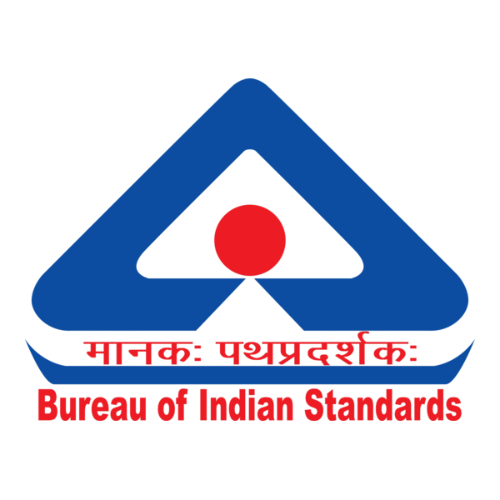 BIS Certification
BIS Certification
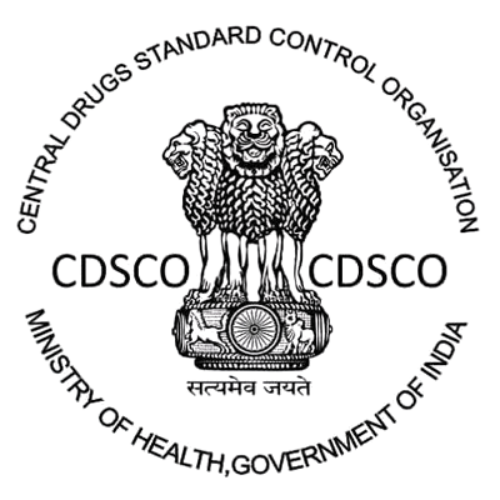 CDSCO
CDSCO
 CPCB
CPCB
 LMPC
LMPC
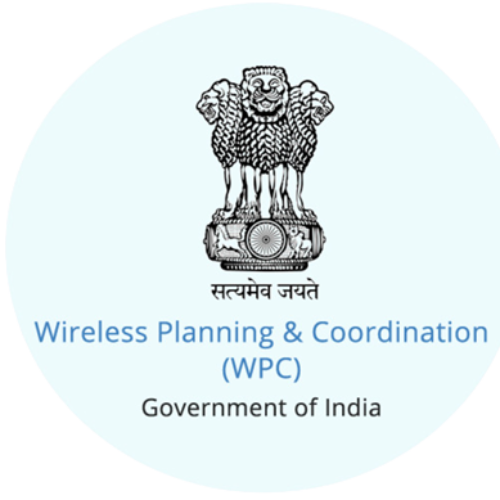 WPC Approval
WPC Approval
 Global Approvals
Global Approvals
 TEC
TEC
 ARAI
ARAI
 BEE
BEE
 ISO Certification
ISO Certification
 Drone Registration
Drone Registration
 NOC For Steel
NOC For Steel





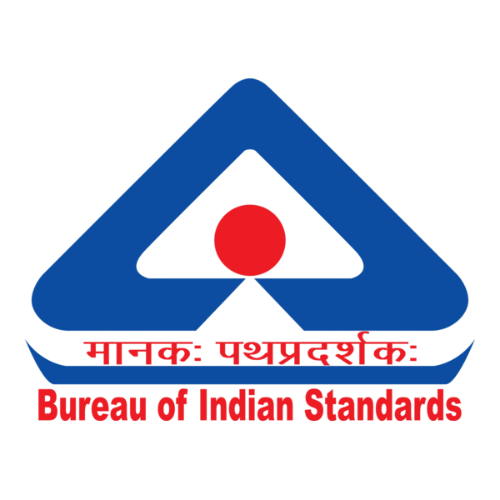

























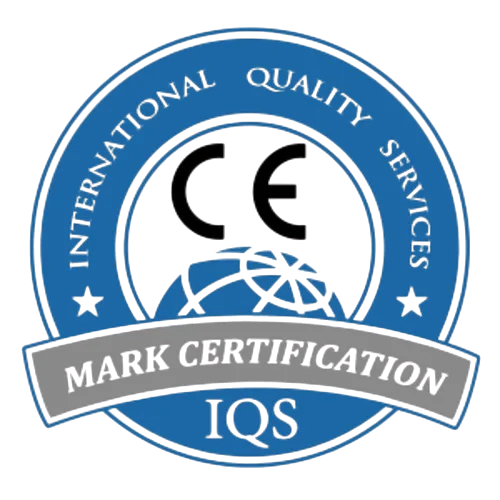







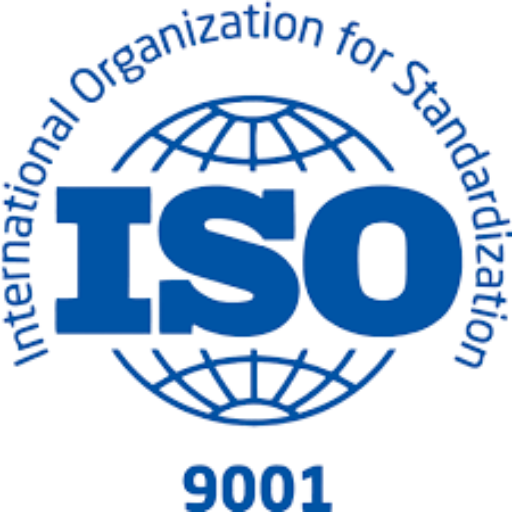
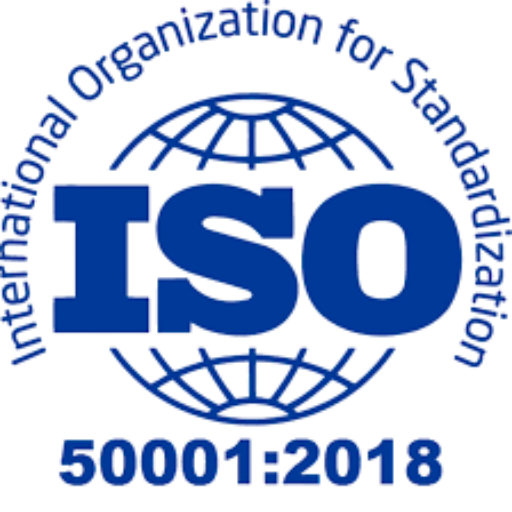

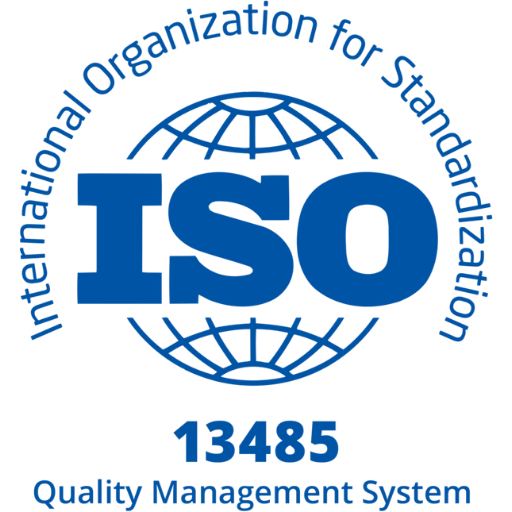

Apart from product certification, BIS is responsible for framing Indian Standards, conducting laboratory testing, and ensuring consumer protection.
Some items must be certified before they get released mysteriously made for select goods like cables, switches, cement, gas cylinders, etc.
It ensures electronic products conform to Indian Standards (IS).Covers 70+ products including laptops, phones, adapters, TVs, and batteries.
Hallmarking Certification is mandatory in India for gold and silver jewellery.The BIS 916 Hallmark confirms 22K gold purity.Silver Hallmarking is compulsory for certain grades like BIS 925.
FMCS Mark Certification is a BIS-led approval process that enables foreign manufacturers to sell regulated products in the Indian market.
It helps manufacturers build trust and create a compliance framework. It also markets to eco-conscious consumers.This guide will detail eligibility, provide information on the application procedure, and outline benefits of certification to ISO 14024.
It is governed by NABL under the Quality Council of India (QCI).Accreditation enhances trust among regulators, industries, and global partners.
The World Manufacturer Identity (WMI) is a globally recognized code used to identify vehicle manufacturers. WMI registration ensures traceability, compliance, and global brand recognition for automotive makers.
Stay ahead of regulatory changes with BIS Scheme X Certification. Now extended to September 1, 2026, under the omnibus technical regulation order 2024. Get complete certification support from Diligence Certification.
Get full assistance for CDSCO registration, medical device import licenses, and cosmetic import licenses with Diligence Certifications. Our expert guidance and comprehensive support ensure your compliance, helping you gain a competitive edge in the market. Your satisfaction is our commitment!
Diligence Certifications is a top-tier name in drug licensing and provides topmost service and knowledge support to all sizes of pharmaceutical companies. Our seasoned team understands the global regulations and has seen several success stories.
Having trouble securing Cosmetic License certification in India? Let our ISI certification experts assist you in achieving it and boosting your credibility!
Get expert guidance on Medical Device Registration in India. Learn CDSCO approval process, documents, fees & compliance for manufacturers and importers.
Secure your CPCB Certification with ease and align your business with environmental regulations and sustainable practices. Our expert team streamlines the application process, offering tailored guidance to meet your unique EPR compliance requirements.
Need assistance in Battery Waste Certification? Our experts guide you through every step to ensure smooth and compliant processing.
E-waste has become one of the most serious problems of the modern world, as technology is changing very fast. Discarded electronics items such as smartphones and refrigerators contain very toxic elements hazardous to human health and the environment if not treated properly.
Tyre wastage is an increasing global problem. It threatens to engulf the world in a sea of rubber with disastrous consequences for the environment and human health.
Diligence Certifications help businesses go a long way in environmental compliance matters through their management of plastic waste compliance. It rallies your commitment to reducing environmental impacts, increasing your recycling, driving circular economies and, hence, building credibility with consumers as citizens of a wider world contending against plastic pollution with angels and regulators.
Get Full Assistance for Model Approval for Indian W&M Instruments and Importer Registration for Weight and Measurement Instruments with Diligence Certifications. We prioritize your success by providing expert guidance and comprehensive support for all your LMPC Certification needs, helping you gain a competitive edge in the market. Your satisfaction is our commitment, and we work tirelessly to ensure it, now and in the future.
Get Full Assistance for Non-Network License, Network License, and Equipment Type Approval with Diligence Certifications. We prioritize your success by providing expert guidance and comprehensive support for all your WPC Approval needs, helping you gain a competitive edge in the market. Your satisfaction is our commitment, and we work tirelessly to ensure it, now and in the future.
End-to-end certification and regulatory compliance for Indian and global markets.
 Business Registration
Business Registration














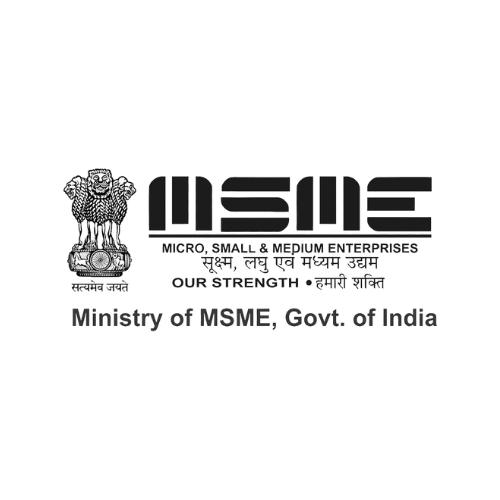

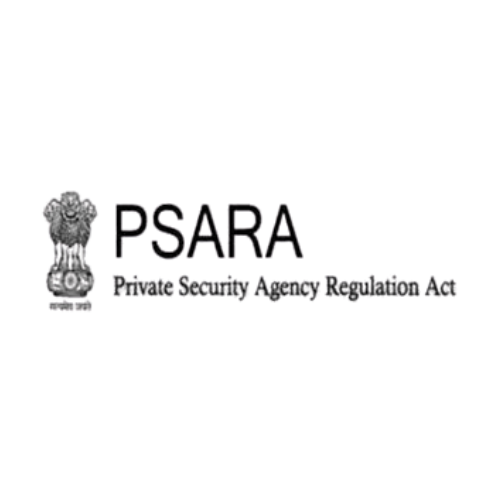
End-to-end certification and regulatory compliance for Indian and global markets.
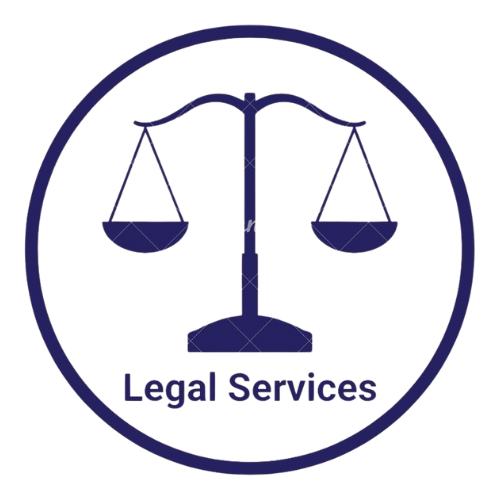 Legal Services
Legal Services
 Trademark Registration
Trademark Registration
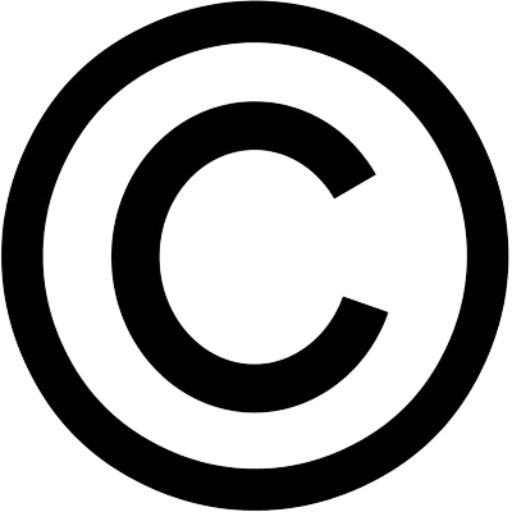 Copyright Registration
Copyright Registration
 Patent Registration
Patent Registration






















































A lifestyle blogger in Delhi devoted months to create travel guides and photography tips, only to find an article reposted on another site under someone else’s name. An even bigger problem arose because the infringer claimed “I didn’t know” and there was no copyright disclaimer, making the matter anything but straightforward.
Creators across India see similar issues—content used or copied, without compensation and without permission. Copyright exists automatically, but a visible copyright disclaimer adds a layer of ownership, puts possible infringers on notice, and even strengthens a creator’s position in a dispute.

A copyright disclaimer is a legal statement that informs others of your ownership of the content you created and how they may or may not use the content in question. Unlike formal registration, it is a notice created by you and may be used on websites, blogs, social media, videos, or other types of content.
The primary goal is communication. It communicates to audiences as well as potential infringers that you have ownership of the content and you will enforce your rights if necessary. To clarify, while copyright exists automatically (under The Copyright Act of 1957), a disclaimer helps undo the common misconception that content online is free to use.
Think of it like a “No Trespassing” sign for your intellectual property—it doesn’t provide copyright, but it is clear ownership and no longer provides the defense of innocent infringement.
A copyright disclaimer serves much more than identifying ownership. It provides legal protection, deterrence, and credibility as a professional.
Visible disclaimers help establish credibility by demonstrating your effort to protect your intellectual property, which will be much more difficult for someone to deny in court as they will have to overcome your obvious and public display. They deter the casual infringer, particularly those who lean toward intellectual property infringement, by noting there are repercussions for an infringement.
Finally, visible copper disclaimers set a broad public indication of ownership that adds professional credibility, perception, and trust in your work to clients, colleagues, and a potential audience. Disclaimers, along with a copyright registration, develop an apparent strategy for protection, and make it clear you are entertaining the defense of your relevant rights.
In summary, disclaimers and visible ownership of copyright can add to your credibility, value, brand value, and perceived worth as a professional. It will be clear to all stakeholders and fellow professionals that your content is valuable and that your work is professionally taken.
A copyright disclaimer is a useful tool if it contains three important elements that outline your rights:
To properly create a copyright disclaimer, it is important to be clear and methodical. Here are six recommended steps:
© 2025 [Your Name/Company Name]. All rights reserved.
All content on this website, including text, images, graphics, videos, and software, is the exclusive property of [Your Name/Company] and is protected by Indian copyright laws and international copyright treaties.
Unauthorized use, reproduction, distribution, or modification of any content from this website without express written permission is strictly prohibited and may result in legal action.
For licensing inquiries, permissions, or to report copyright infringement, please contact us at [email address].
Copyright disclaimers protect original work in all platforms and mediums.
By understanding the nature of both disclaimers and registration, creators can establish and use comprehensive protection strategies that capitalize on both functions.
A copyright disclaimer is a notice you self-publish; it does not involve the government, costs nothing to create, and is effective upon publication. You write it, you display it, and it now electronically communicates your claim of ownership to the world. However, it will not serve as formal legal evidence of ownership or your date of creation. It serves instead as a deterrent and notice; it is not a legal document of proof.
A copyright registration with the Copyright Office, India is a formal process that is done by the government, which results in an official public record of your copyright claim. A registration will serve as prima facie evidence of who owns the copyright if there is a dispute; it means the burden is on the non-registered party to dispute the certificate. Registration with the Copyright Office is basic fees of INR 500-5,000 and typically takes 2-9 months, but the legal merits to registering are considerable.
Understanding the relationship between disclaimer and registration should be understood as complementary, not alternative functions. A disclaimer is your daily assertion of rights, visible to users, infringers, and licensees. Registration provides you the legal heavyweight documentation if there is a dispute and litigation ensues. Together, they comprise the total protection scheme.
Feature | Copyright Disclaimer | Copyright Registration |
Legal proof of ownership | No (notice only) | Yes (official certificate) |
Cost | Free | INR 500 – 5,000 |
Time to implement | Immediate | 2-9 months |
Government involvement | None | Copyright Office, India |
Public visibility | Yes (where you display it) | Yes (official public record) |
Enforceability in court | Supports claims | Prima facie evidence |
International recognition | Depends on context | Automatic (Berne Convention) |
Necessity | Highly recommended | Strongly recommended |
Updates required | As content changes | For new works |
Best practice involves using both tools strategically. Display copyright disclaimers on all your content for immediate, visible protection and deterrence. Register your most valuable works—major publications, proprietary software, signature creative pieces—with the Copyright Office for maximum legal protection. This combined approach maximizes both preventive protection (disclaimer) and enforcement capability (registration).
In India’s rapidly expanding digital environment, stolen or repurposed content is easily shared, resulting in copyright disclaimers becoming an important part of a creator’s protection. As creators in multiple languages and on various platforms continue to use copyright disclaimers to indicate ownership, establish credibility, and protect potential monetization, the importance of an online copyright reminder remains strong.
Content marketing represents a significant investment for businesses, and the most visible copyright statements can help deter competitors from copying blogs, videos, and graphics. All of which create and support the authority of the brand.
Photographers and visual artists leverage not just copyright disclaimers, but also a combination of watermarks to protect their images shared across all platforms. Writers, developers, and video producers may have additional support in enforcement via reverse image search tools, plagiarism detection organizations, and DRM technology.
Copyright disclaimers, in essence, act as the legal foundation that increases the likelihood of your options to enforce your rights whenever you discover misuse of your material online.
A copyright notice is a straightforward but effective means of converting passive copyright protection into an active assertion of rights. Clear ownership of content, acceptable uses, and contact information align you to a professional and legally defensible framework that facilitates the protection of your creative expression and the potential for legitimate licensing use.
Whether you are a blogger sharing your expertise, a photographer building a portfolio, a software developer creating the next “must-have” app, or a business producing content for distribution and marketing, a copyright notice is the first line of defense protecting against unauthorized use of your work. A copyright notice works together with copyright registration and establishes a comprehensive protective framework around your work that discourages infringement, and strengthens your position should it be necessary to take legal action.
Though the digital ecosystem has made it easier than ever to create and share content, it has also made it easier than ever to protect it. Taking just a few minutes to create and display a clear copyright notice shows professionalism, provides some protection for your livelihood, and establishes boundaries that most people will respect. For those who will not respect the limits of use, they will at least have the comfort of knowing they have received fair warning and no longer have an excuse to claim ignorance of your copyright claim.





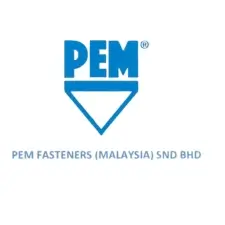
























No, however, it enhances your position and discourages misapplication.
Copyright gets some protection automatically when you create it; the copyright disclaimer publicly expresses it.
It should be in your website's footer and should show on every page.
No. You should always register your copyright for the best legal protection and enforcement.
Yes. You can allow personal/non-commercial use and restrict everyone else.
You can. Watermarks and captions will protect your content and images posted to social media.
The standard format is: © + year + your name or the name of your business + the terms of use.
It will help support your rights around the world, but it's up to your attorney for enforcement.
No. Post it on videos, photos, apps, PDFs, etc... It’s for everything digital you create.
No — it won’t stop copyright infringement, but it gives you a better case in legal situations.

